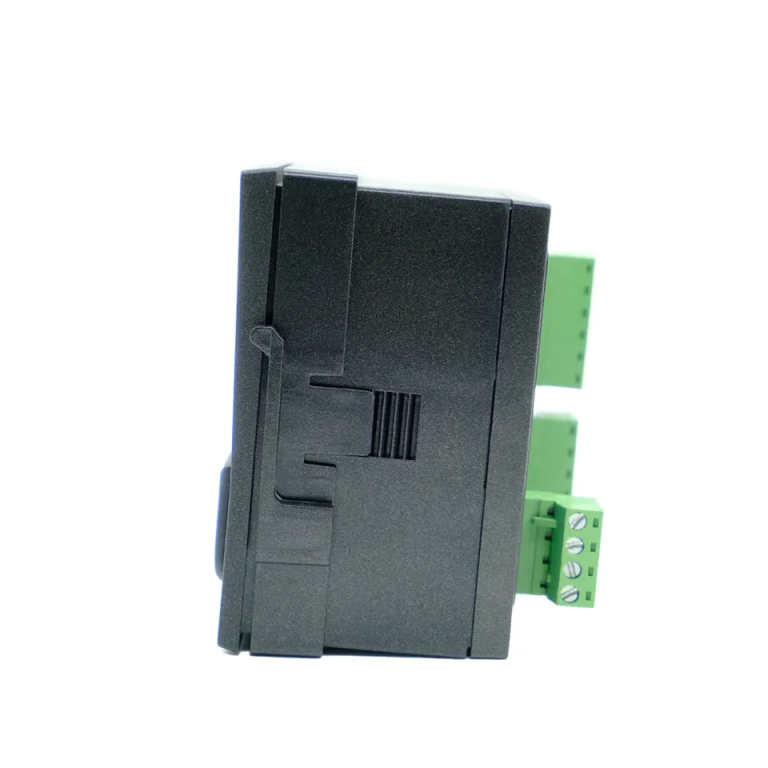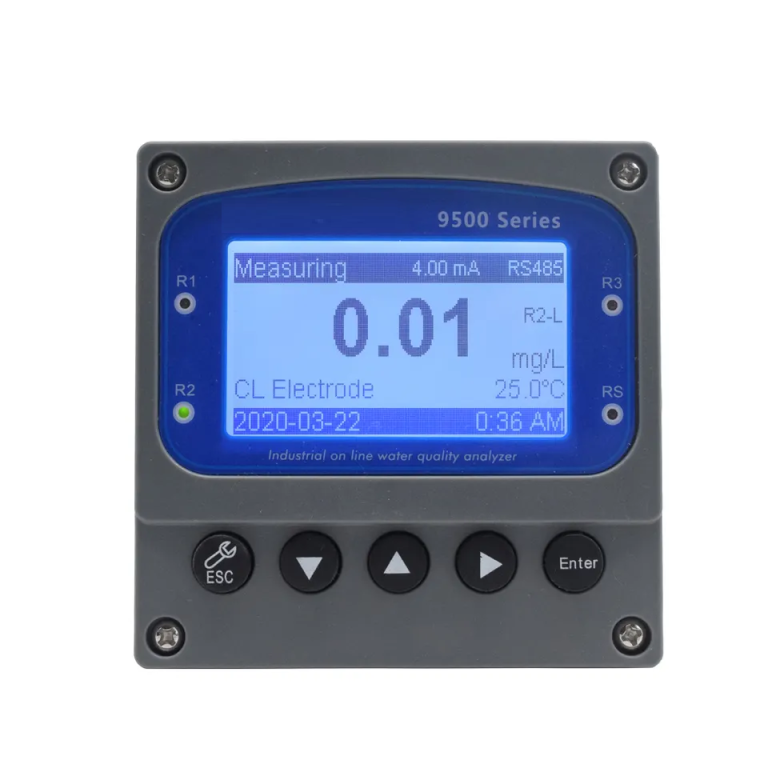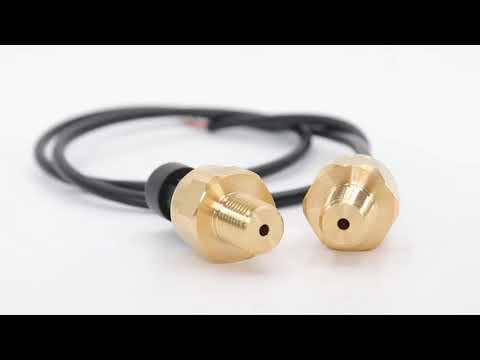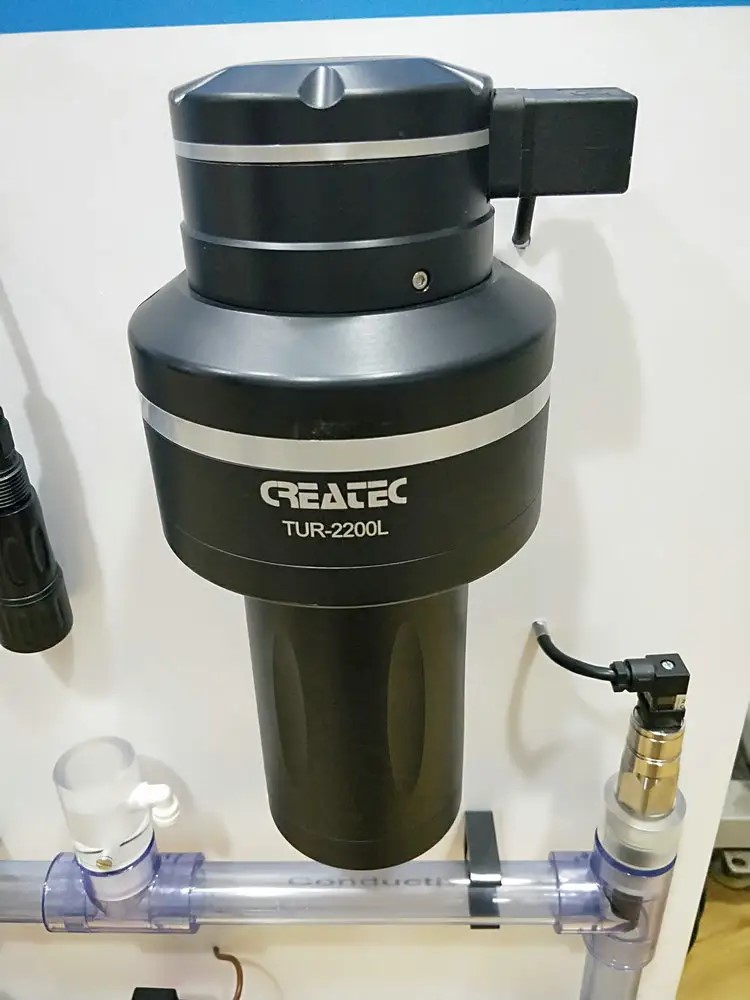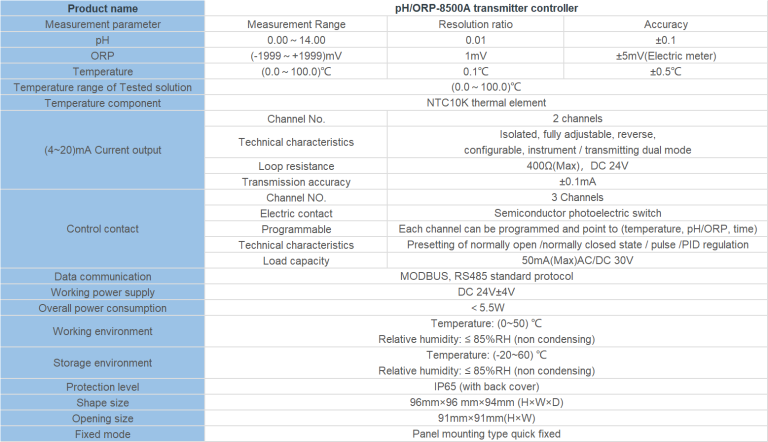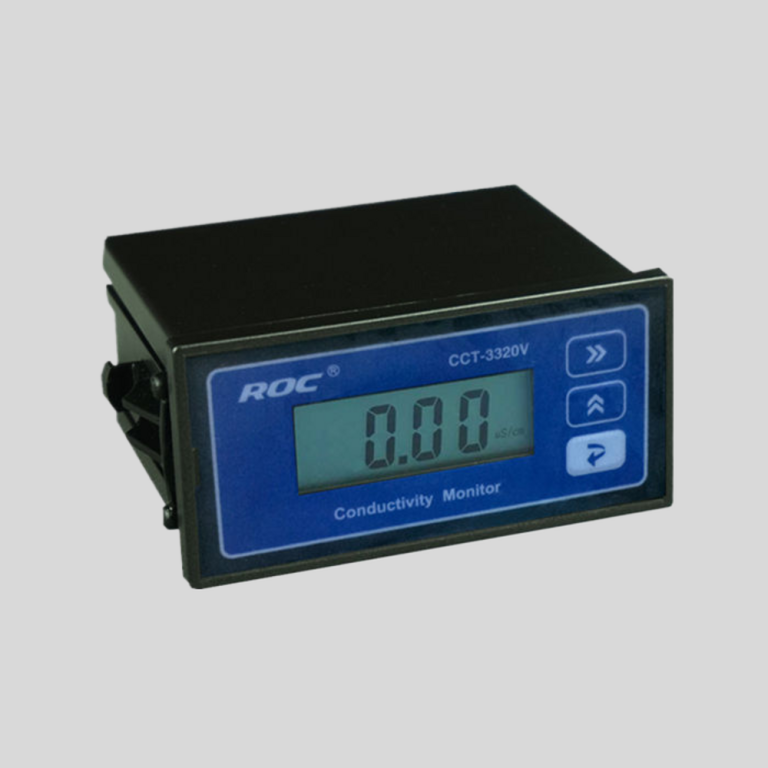“Accurate pH measurements for reliable results.”
Table of Contents
The Science Behind pH Meters: How Do They Measure Acidity and Alkalinity?
pH meters are commonly used in various industries, including agriculture, food and beverage production, and water treatment, to measure the acidity or alkalinity of a solution. But how do these devices actually work, and can they be trusted to provide accurate readings?
To understand how pH meters work, it is important to first understand what pH is. pH is a measure of the concentration of hydrogen ions in a solution, and it is used to indicate whether a solution is acidic (pH less than 7), neutral (pH of 7), or alkaline (pH greater than 7). pH meters work by measuring the electrical potential difference between a reference electrode and a glass electrode that is sensitive to hydrogen ions.
When a ph meter is placed in a solution, the glass electrode generates a voltage that is proportional to the concentration of hydrogen ions in the solution. This voltage is then converted into a pH value by the meter, which is displayed on a digital screen. The accuracy of the ph meter depends on the quality of the electrodes and the calibration of the device.
One of the key factors that can affect the accuracy of a ph meter is the condition of the electrodes. Over time, the glass electrode can become coated with contaminants or develop a layer of protein or other substances that can interfere with its ability to accurately measure pH. To ensure accurate readings, pH meters should be regularly calibrated and maintained according to the manufacturer’s instructions.
Another factor that can affect the accuracy of pH meters is temperature. pH measurements are temperature-dependent, so it is important to take temperature into account when using a ph meter. Most pH meters have a built-in temperature sensor that automatically compensates for temperature variations, but it is still important to calibrate the meter at the correct temperature for the most accurate results.
| Product Model | MFC-8800 | |
| Communication port | The uplink slave channel Modbus RTU protocol RS485 port is connected with DTU and DCS | |
| Downlink master channel RS485 port of Modbus RTU protocol is connected with data acquisition terminal | ||
| 4~20mA output | 1 channel two-wire type Maximum loop resistance 400Ω | |
| 4~20mA Input | 2 channel channel two-wire type( initiative feed) | |
| DI Input | 2channels Photoelectric isolation logic switch | |
| DO Output | 3 channels relay | 1 SPDT AC220V; 3A(MAX) |
| (only for drive signal) | 2 SPST AC220V; 3A(MAX) | |
| 1channel Photoelectric switch | Proportional pulse/frequency | |
| Load capacity:100mA/DC30V | ||
| Data acquisition | Data acquisition collection,with 3 channels DC24V sensor power supply | |
| Display mode | 3.5”(or 4”)colorful LCD touch screen | |
| Power supply | Wide power range :(12-24)V | |
| Consumption | <5W | |
| Environment requirements | Environment temp:(5~45)℃; relative humidity:≤90%。 | |
| Hole dimension | (91×91)mm hole dimension;panel dimension(100*100)mm | |
In addition to calibration and maintenance, proper technique is also important when using a ph meter. The electrode should be rinsed with distilled water between measurements to prevent contamination, and the meter should be stored in a clean, dry place when not in use. It is also important to use the correct type of electrode for the solution being measured, as different electrodes are designed to measure different types of solutions.
Despite these precautions, there are some limitations to the accuracy of pH meters. For example, pH meters may not be able to accurately measure the pH of very low or very high pH solutions, as the glass electrode may not be sensitive enough to detect extreme pH levels. In addition, pH meters may not be able to accurately measure the pH of solutions that contain high levels of suspended solids or oils, as these substances can interfere with the electrode’s ability to measure pH.
| Product Model | DOF-6310 (DOF-6141) |
| Product Name | Dissolved oxygen data collection terminal |
| Measuring Method | Fluorescence Method |
| Measurement range | 0-20mg/L |
| Accuracy | ±0.3mg/L |
| Resolution | 0.01mg/L |
| Response time | 90s |
| Repeatibility | 5%RS |
| Temperature compensation | 0-60.0℃ Accuracy:±0.5℃ |
| Air pressure compensation | 300-1100hPa |
| Stand pressure | 0.3Mpa |
| Communication | RS485 MODBUS-RTU standard protocol |
| Power | DC(9-28)V |
| Power comsuption | <2W |
| Operational envrionment | Temperature:(0-50)℃ |
| Storage Environment | Temperature:(-10-60)℃; Humidity:≤95%RH(None condensation) |
| Installation | Submerged |
| Protection Level | IP68 |
| Weight | 1.5Kg(with 10m cable) |
Overall, pH meters can be a valuable tool for measuring acidity and alkalinity in a wide range of applications. By understanding how pH meters work and taking proper care to calibrate and maintain them, users can trust that they are getting accurate and reliable pH measurements.
Real-Life Applications of pH Meters: Can They Accurately Determine pH Levels in Various Substances?
pH meters are widely used in various industries and scientific fields to measure the acidity or alkalinity of a substance. But do pH meters really work? Can they accurately determine pH levels in different substances? In this article, we will explore the real-life applications of pH meters and discuss their effectiveness in measuring pH levels.
pH meters work on the principle of measuring the concentration of hydrogen ions in a solution. The pH scale ranges from 0 to 14, with 0 being highly acidic, 7 being neutral, and 14 being highly alkaline. pH meters are equipped with a glass electrode that generates a voltage proportional to the hydrogen ion concentration in the solution. This voltage is then converted into a pH value, which indicates the acidity or alkalinity of the substance being tested.
One of the most common applications of pH meters is in the field of agriculture. Farmers use pH meters to test the acidity or alkalinity of soil, which is crucial for determining the optimal conditions for plant growth. Different plants thrive in different pH levels, so it is essential for farmers to adjust the soil pH accordingly. pH meters help farmers monitor and maintain the pH levels of their soil, ensuring healthy crop growth.
In the food and beverage industry, pH meters are used to monitor the acidity of various products. For example, in the production of beer, wine, and cheese, pH meters are used to ensure that the fermentation process is proceeding as expected. pH meters are also used in the quality control of food products to ensure that they meet the required pH standards for safety and taste.
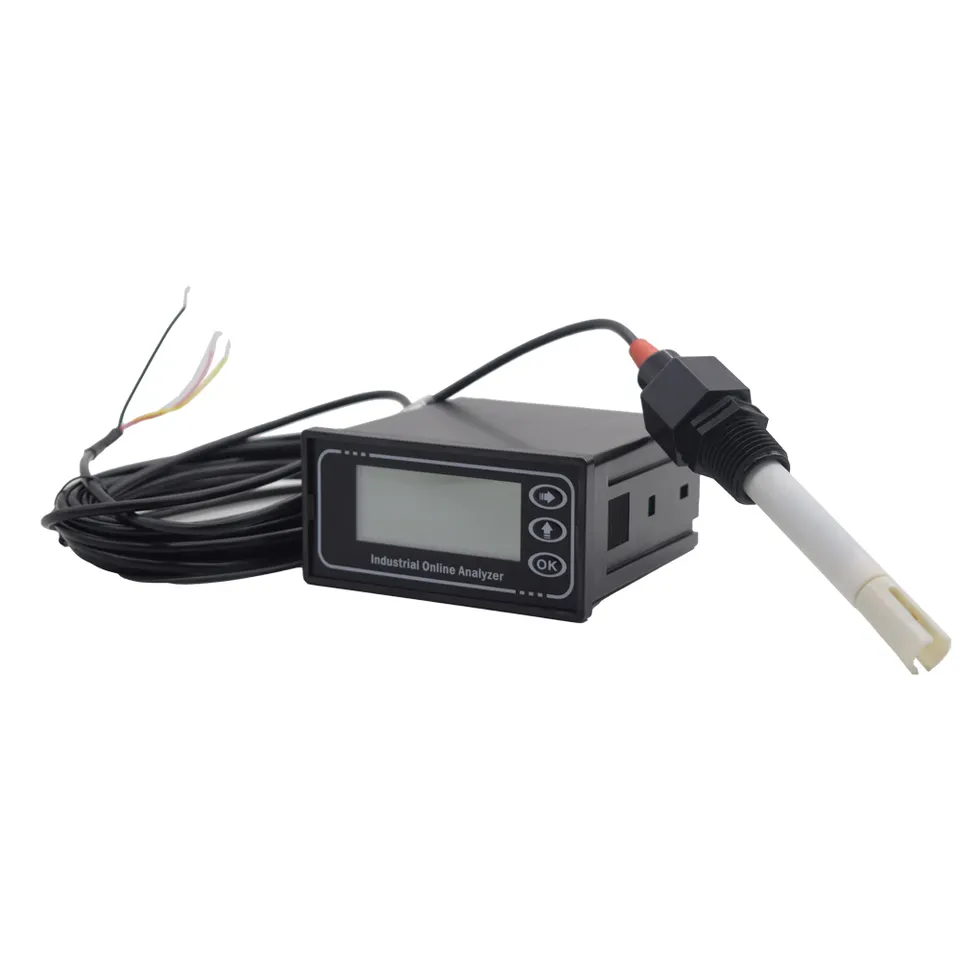
In the field of environmental science, pH meters are used to monitor the acidity of water bodies such as lakes, rivers, and oceans. Changes in pH levels can indicate pollution or other environmental issues that need to be addressed. pH meters are also used in wastewater treatment plants to monitor the pH levels of effluent before it is discharged into the environment. By accurately measuring pH levels, environmental scientists can assess the health of aquatic ecosystems and take appropriate measures to protect them.
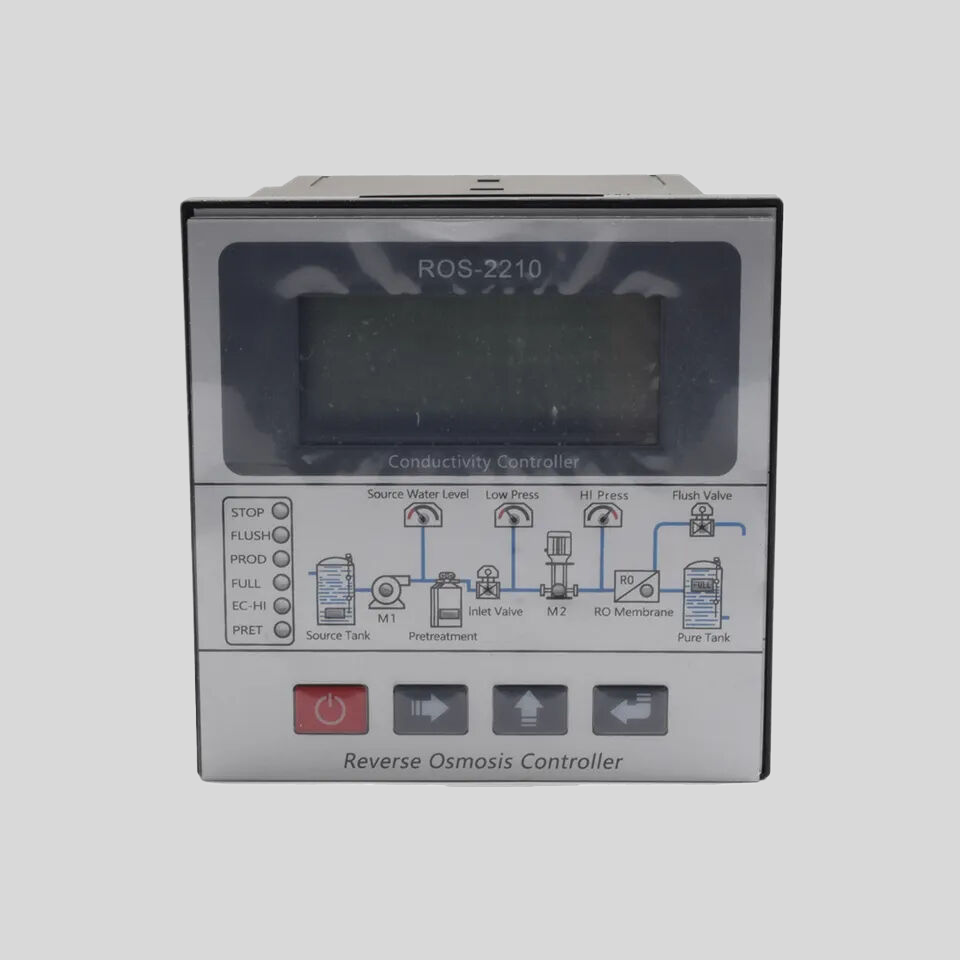
In the field of medicine, pH meters are used in various diagnostic tests and procedures. For example, in blood gas analysis, pH meters are used to measure the acidity or alkalinity of a patient’s blood. Abnormal pH levels can indicate respiratory or metabolic disorders that require medical intervention. pH meters are also used in the pharmaceutical industry to monitor the pH levels of drug formulations to ensure their stability and effectiveness.
Overall, pH meters are valuable tools in a wide range of industries and scientific fields. They provide accurate and reliable measurements of pH levels in various substances, helping professionals make informed decisions about soil fertility, food safety, environmental protection, and patient care. While pH meters may require calibration and maintenance to ensure their accuracy, they are essential instruments for measuring and monitoring pH levels in real-life applications. So, do pH meters really work? The answer is a resounding yes.

